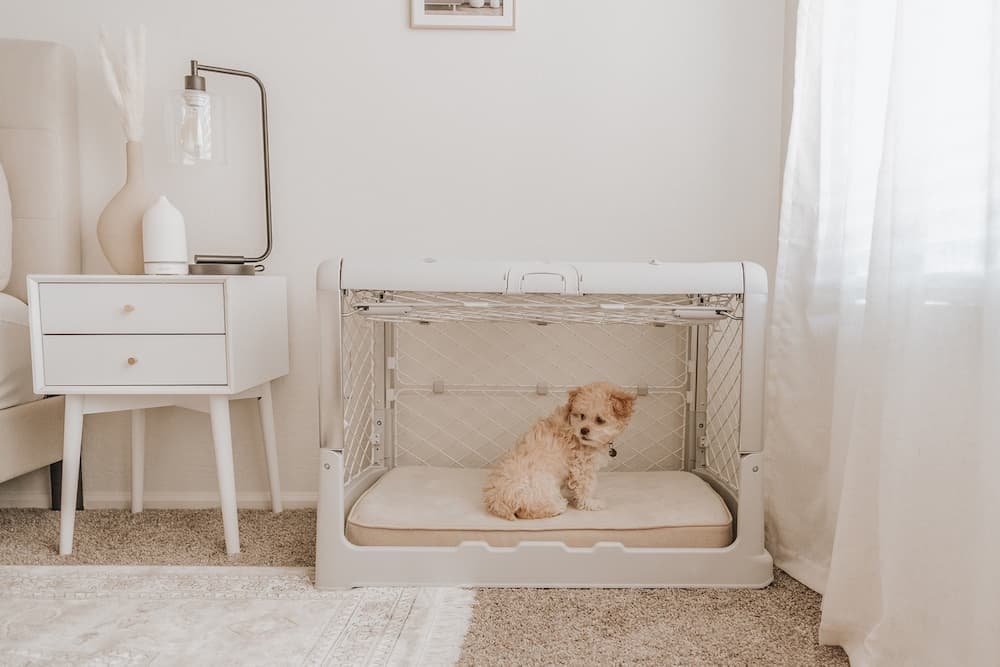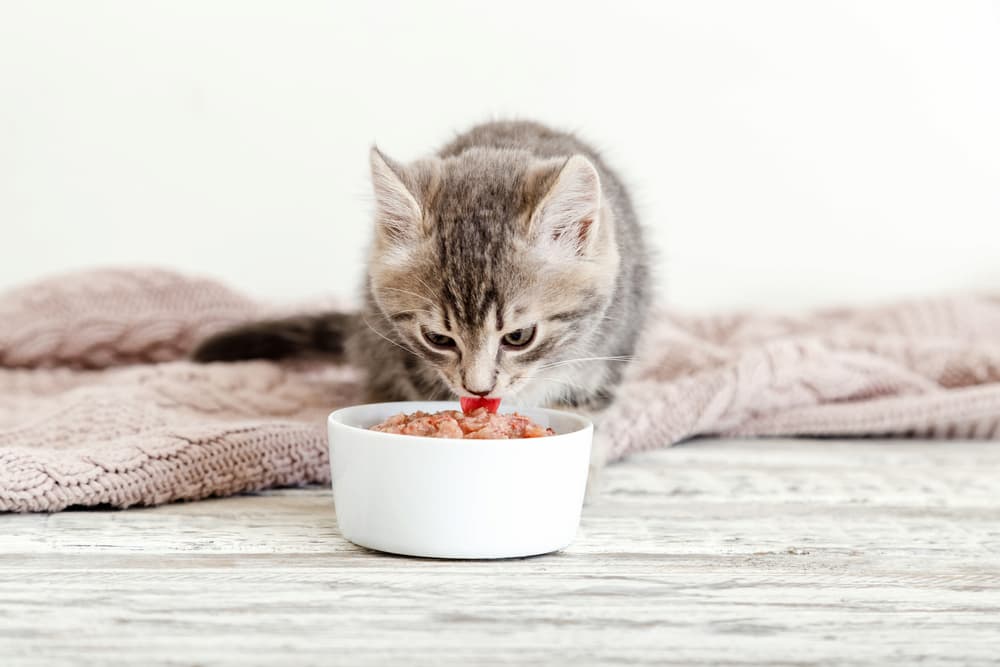3 Reasons Dogs Like to Be Pet

Many dogs are social creatures. They wag their tails, look at you with those big eyes, and nuzzle you for pets and snuggles. It’s very sweet and makes sense that our furry companions enjoy our affection.
But have you ever wondered where dogs like to be pet the most? Or why do dogs like to be pet? Or even why some dogs sprawl on the ground looking for endless belly rubs while others are more reserved?
Whether it’s a pup you know well or one you just met, here’s what you need to know about dog petting.
Why Do Dogs Like to Be Pet?
Petting a dog is a bonding experience. It feels good and builds trust for both of you. We spoke with two dog behaviorists to discover some common possibilities for why dogs like to be pet and what their body language tells you.
“I imagine dogs like physical touch for many reasons. For one, it just feels so good – who doesn’t like having their back scratched or rubbed?” says Mindy Waite, Ph.D., a certified dog behaviorist at SeniorTailWaggers.com.
Here are a few reasons dogs may like to be pet:
The Feel-Good Hormone
Petting and snuggling release the hormone oxytocin, also known as the “love hormone.” According to research, oxytocin relaxes both the mind and body and improves mood. [1] Touching, cuddling, and petting dogs releases this powerful feel-good hormone in both the person doing the petting and the dog on the receiving end.
The Possible Calming Effect
Dog behaviorist Fanna Easter, a fear-free certified dog trainer with Positive Pooch Behavior & Training in Texas, says, “It’s impossible to know exactly how dogs feel with human touch/ petting. However, I’ve observed that petting, such as lying next to/touching a human, hand resting on a dog, physical pats, or long strokes of petting, can be calming for both dogs and humans.”
The Positive Reinforcement
Petting is also a form of positive reinforcement. When training, dogs respond well to praise, pets, and treats. So if you’re training your dog to sit, stay, or lie down on command, petting can be a substantial reward, depending on your dog.
How to Pet a Dog

Even the most well-adjusted dogs have preferences. When you “speak dog,” you’ll know how the dog feels about petting and if now is a good time to stroke them, or if it’s better to smile hello and move on.
You’ve probably met the overly-enthusiastic Golden Retriever who bounced all over you and anyone else in the area, leaving muddy paw prints on your clothes. Such dogs are full of excitement and eager to play. But for every happy-go-lucky Golden, there’s a shy pooch. Or, maybe they’re not shy but more refined and better-mannered.
It might seem odd to talk about how to pet dogs, but there is a basic etiquette to it, whether it’s your dog or one you’re meeting for the first time. It comes back to understanding canine body language.
A friendly dog has a relaxed mouth and may wag their tail, looking at you expectantly. Then, there are the dogs who prefer to keep a distance. It’s not always as obvious as a growl. They may shyly back away and give you the side-eye.
You might ask, do dogs everywhere have the same preferences for touch and location? According to Dr. Waite, “This is very much dog-dependent! Some prefer rough petting, and some, like my Greyhounds, strongly [prefer] gentle rubs. One of the few times my Greyhound snapped at someone was when they petted him like they used to pet their Husky. The Husky liked rough pets, but my Greyhound decidedly did not!”
Easter agrees, saying, “Dogs are individuals, so the amount of pressure depends on what that specific dog enjoys.”
Easter suggests starting with a light pressure that moves skin and not muscle. “You can practice this pressure on your eye. Close your eye and move your eyelid around; that’s light pressure. If a dog is comfortable with that type of pressure, then try a bit more pressure for two to three seconds and observe the dog’s reaction. If the dog sticks around and leans into you for more petting, then the dog is likely enjoying this type of pressure.”
Where Do Dogs Like to Be Pet? 3 Popular Spots
The more time you spend with your dog, the more you’ll discover their favorite spots. Maybe yours has that special place on the right side, just above their rear haunch, that gets their leg kicking when you scratch it just so.
While each dog does have their preferences, these are usually popular areas:
- Chest
- Sides
- Under the chin
But what about the dogs you just met? Dr. Waite says, “Most dogs are more comfortable being petted on their chest or sides, but many dislike touching their heads or upper shoulders. Overall, avoid reaching over the dog.”
When petting a friendly, new-to-you dog (after securing permission from their pet parent, of course), squat down and offer a gentle stroke on their side. You can rub their chest and watch their response. Watching the dog’s body language lets you know when they’re enjoying the petting.
“Does the dog lean into your petting hand, [with] soft eyes (round, closed), relaxed mouth, tail softly wagging?” asks Easter. Those are visual cues that they want to be pet.
If the dog backs away or ducks their head from your hand, they’re not in the mood. At this point, you should take the hint and stop trying.
Dog Petting Safety Tips

Like people, not every dog loves physical contact. Some may have spent their formative years in an abusive setting and, as a result, are fearful of new people and experiences. Others simply may not be into it at the time.
“Even for dogs whom I know really well, I am a big advocate of asking the dog if they want physical affection,” explains Dr. Waite. “Typically, if a dog wants to be petted by you, they will come to you and stay by you. If they don’t (at a minimum) do that, they are probably not in the mood. For dogs who tend to be moodier, you can even stop petting after 15 to 30 seconds and give them the opportunity to disengage/re-engage in order to let you know their preferences.”
As a pet parent, you’ll learn your dog’s body language and personality. You’ll know when you can encourage people to pet your dog and when to discourage them. Anytime your dog backs away or seems uninterested in being pet, that’s a cue that they prefer to skip the affection for now.
If a dog wants to be pet, they’ll let you know by coming to you. When this happens and you know they feel comfortable, petting is a fun way to show affection to the dogs in your life.
Reference
- Harvard Health (2023 June). Retrieved from: https://www.health.harvard.edu/mind-and-mood/oxytocin-the-love-hormone








